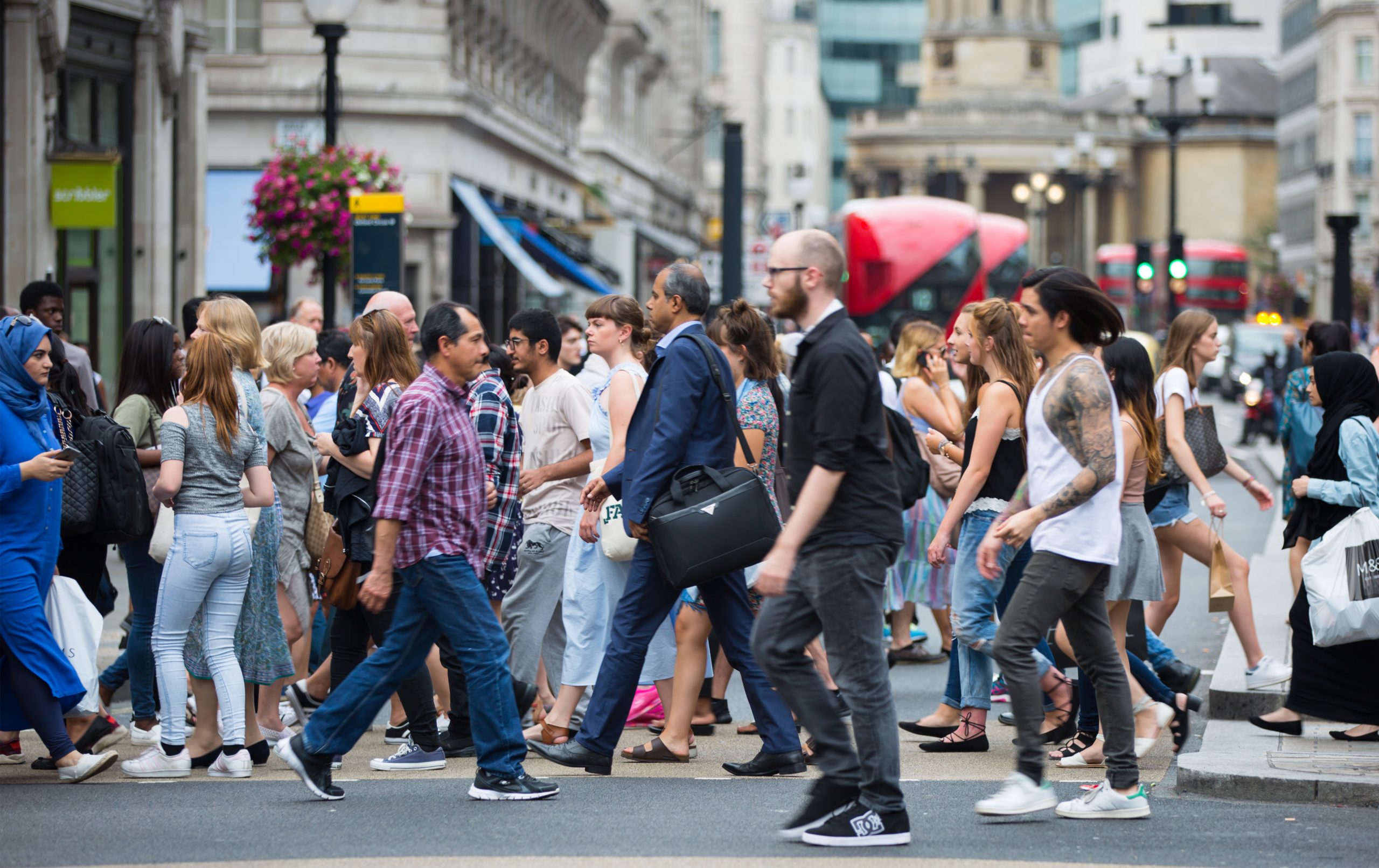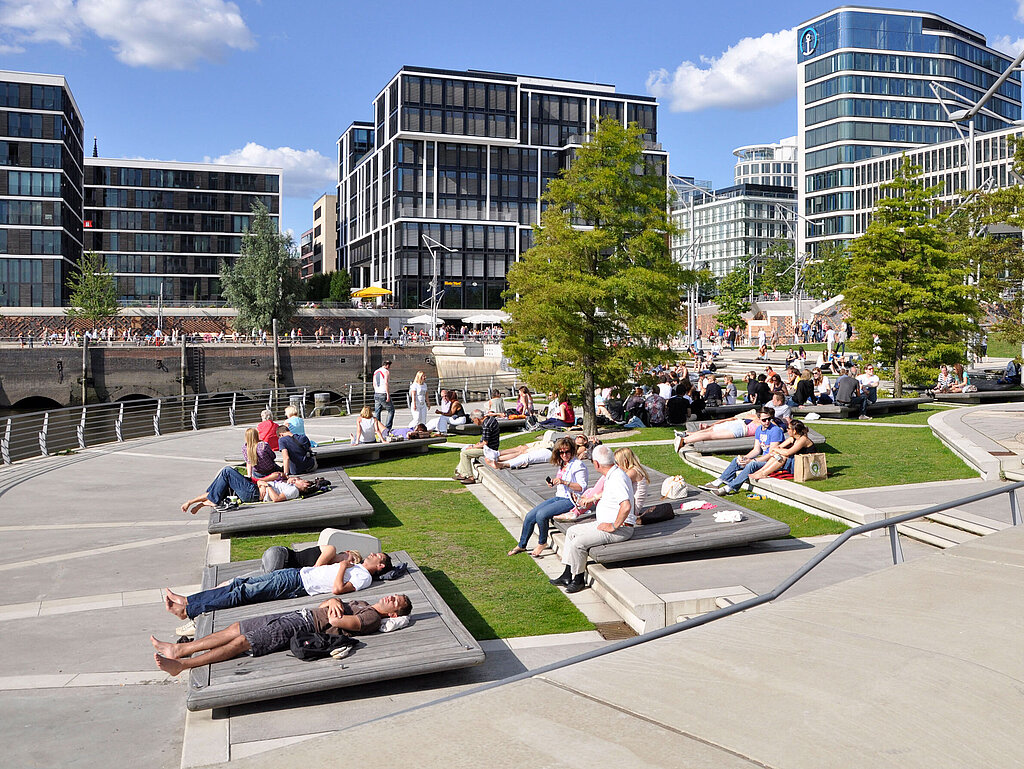Public Executions In Iran: A Disturbing Reality Unveiled
Table of Contents
- Historical Context: The Ebbs and Flows of Capital Punishment in Iran
- The Islamic Republic and the Unprecedented Surge
- Methods and Spectacle of Public Hangings
- The Alarming Rise in Recent Years
- Disproportionate Impact on Minorities
- The Failed Moratorium: A Ban That Never Was
- International Condemnation and Calls for Action
- The Regime's Rationale and the People's Resistance
Historical Context: The Ebbs and Flows of Capital Punishment in Iran
The history of public execution in Iran is complex, marked by periods of both prevalence and decline. During the Qajar dynasty, public executions were a regular occurrence, serving as a brutal display of state power and a deterrent. However, with the advent of the Persian Constitutional Revolution in the early 20th century, there was a noticeable shift. The revolutionary fervor brought about a decline in these public spectacles, reflecting a nascent move towards more modern legal practices. Under the Pahlavi dynasty, this trend continued, and public executions became a rare occurrence, largely restricted between the 1920s and 1950s. This period saw a gradual, albeit incomplete, move away from the public spectacle of capital punishment, aligning more closely with evolving international norms of the time.The Islamic Republic and the Unprecedented Surge
The landscape of capital punishment in Iran drastically changed with the establishment of the Islamic Republic in 1979. Following the Islamic Revolution, capital punishment and public executions returned on an unprecedented scale. What was once a rare practice under the Pahlavi dynasty became common, often carried out from mobile cranes in public squares. This dramatic resurgence marked a significant regression in human rights, turning public spaces into sites of state-sanctioned violence. The new regime embraced public executions as a tool for maintaining order, suppressing dissent, and enforcing its interpretation of Islamic law, leading to a horrifying increase in their frequency and visibility.Methods and Spectacle of Public Hangings
The primary method of execution in Iran is by hanging. While private executions occur, public hangings are particularly harrowing due to their very nature. These events are designed to be a public spectacle, a chilling display of state power intended to instill fear and deter perceived transgressions.The Crane and the Crowd
The visual of a public execution in Iran often involves the use of a crane or mechanical fork loader. The executions are carried out in one of the city's main squares, with armed men guarding from rooftops around the area, creating an intimidating atmosphere. This method, while seemingly archaic, allows for maximum visibility, ensuring that a large crowd can witness the event. Executions conducted in public with a crane have been rare in recent years, though Iran used the same manner of hanging to put down unrest following the disputed 2009 presidential election and the Green Movement protests that followed. This indicates that the method is not merely a standard procedure but a deliberate choice for high-profile cases or when the regime seeks to send a particularly strong message.The Psychological Impact
The act of public hanging is not just about ending a life; it is a profound act of psychological warfare against the populace. As Iran Human Rights warns, "public hanging is an inhumane, cruel and degrading act that not only victimises the defendant but also the general public." Witnessing such an event can be deeply traumatizing, particularly for children who may be present. It normalizes violence and can foster a climate of fear and helplessness, suppressing any potential for dissent or opposition. The public nature of these executions serves as a constant reminder of the state's absolute power and its willingness to use extreme measures.The Alarming Rise in Recent Years
The data on public executions in Iran reveals a deeply concerning trend, especially in the most recent years. The diagram above shows public executions since 2008, illustrating fluctuations but also a disturbing upward trajectory. Since 2022, public executions have started rising, with numbers more than tripling in 2023 compared to 2022. This surge is part of a broader, horrifying escalation in the use of the death penalty by the Islamic Republic. The 17th annual report on the death penalty in Iran, published jointly by Iran Human Rights (IHRNGO) and ECPM (Together Against the Death Penalty), reveals that the year 2024 witnessed at least 975 executions, marking a 17% increase from the 834 recorded in 2023. This surge represents the highest number of recorded executions in years, underscoring the severity of the current situation. Even within this grim context, specific instances stand out. In 2024, 4 people were hanged publicly. This execution marks the first public hanging in Iran in 2024, signaling a return to this brutal practice. The timing of these executions is also notable; Sunday's public hanging followed the execution of at least 14 prisoners on New Year's Day in several prisons in four cities in Iran, including four women among those executed. This rapid succession of executions, both public and private, paints a picture of a regime intensifying its use of capital punishment. On Monday, April 21, 2025, eight other prisoners, including Ali Morad Kakaei in Gonabad, were executed. Thus, in the past three days, at least 22 prisoners were executed—equivalent to one execution every 3.5 hours. These figures highlight Iran's position as the world’s leading executioner per capita, with many hangings carried out in public.Disproportionate Impact on Minorities
A particularly disturbing aspect of the capital punishment system in Iran, including public executions, is its disproportionate impact on minority groups. The report also said a disproportionate number of those executed were from Iran’s minorities, with at least 108 Baluch prisoners and 84 Kurdish prisoners among those executed last year. This pattern suggests that ethnic and religious minorities are often targeted, facing higher rates of arrest, unfair trials, and ultimately, execution. This systemic discrimination adds another layer of injustice to an already flawed and brutal judicial process, highlighting the vulnerability of these communities under the current regime.The Failed Moratorium: A Ban That Never Was
In 2008, Iran announced a ban on public execution, a move that was cautiously welcomed by international observers as a potential step towards reform. However, this moratorium has not gone into effect as of 2011, according to Amnesty International. The continued occurrence of public executions, especially the recent surge, clearly demonstrates that this ban was either never genuinely implemented or has been systematically disregarded. This failure to uphold its own announced policy undermines any claims of judicial reform and reinforces the perception that the regime uses capital punishment as a political tool rather than solely a legal one. The fact that public executions like Mahdi’s are rare in Iran, even though more people are executed there than in any other nation other than China, further highlights the selective and often politically motivated nature of these public spectacles.International Condemnation and Calls for Action
The international community, particularly human rights organizations, has consistently condemned Iran's use of public executions. Their efforts aim to pressure the Iranian government to cease these inhumane practices and adhere to international human rights standards.Human Rights Organizations Speak Out
Organizations like Amnesty International and Iran Human Rights (IHR) are at the forefront of documenting and reporting on these abuses. Iran Human Rights warns about the return of public hangings to Iranian streets and urges the international community to deal seriously with this type of execution in Iran. They consistently call for greater transparency and accountability from the Iranian authorities. The Iran Human Rights Documentation Center has obtained exclusive video of a public execution of three persons that took place in Azadi Square on January 5, 2012, providing irrefutable evidence of these acts. Despite the secrecy often shrouding the use of capital punishment in Iran, where the real numbers were likely to be much higher, these organizations work tirelessly to bring the truth to light. At least 285 executions, including 11 in public, were carried out in the period spanning December 2017 to December 2018, according to reports, indicating the ongoing nature of the problem even before the recent surge.The Role of Social Media
The digital age has brought new complexities to the issue of public executions. After footage of a public hanging in Iran went viral, some are questioning whether users of social media are sending the wrong message by sharing such material. While the sharing of such videos can raise awareness and galvanize international action, it also raises ethical questions about the potential for re-victimization, the spread of graphic content, and inadvertently playing into the regime's intended fear-mongering. Balancing the need for exposure with ethical considerations remains a challenge for activists and the public alike.The Regime's Rationale and the People's Resistance
The Iranian regime often justifies its use of capital punishment, including public executions, as necessary for maintaining law and order, combating crime, and upholding Islamic laws. However, human rights advocates argue that these executions are frequently used as a tool of political repression, particularly against dissidents and those involved in protests. The report also said at least 31 people, including political dissidents, were executed for national security-related charges. This suggests a pattern where charges related to national security are broadly interpreted to silence opposition. The inhuman mullahs’ regime vainly attempts to prevent the people’s uprising and resistance through executions and brutality. This statement reflects the view that the surge in executions, particularly public ones, is a desperate measure by a regime facing growing internal discontent. Despite the brutal repression, the Iranian people have repeatedly demonstrated their courage and determination to resist, as seen in various protests and uprisings. The use of public executions, rather than quelling dissent, often fuels further anger and determination among those seeking fundamental change. The death sentences that took place on the day after a fire, possibly related to unrest, further underscore the regime's swift and harsh response to any perceived threat to its authority.Conclusion
The resurgence of public executions in Iran represents a grave human rights crisis that demands urgent international attention. From its historical ebb and flow to the alarming escalation under the Islamic Republic, the practice of public hanging remains a cruel, inhumane, and degrading act that traumatizes not only the condemned but also the wider public. The disproportionate targeting of minorities, the failure of a supposed moratorium, and the sheer volume of executions, making Iran the world's leading executioner per capita, paint a stark picture of a judicial system used as a tool of oppression. Human rights organizations like Amnesty International and Iran Human Rights continue to bravely expose these atrocities, urging the global community to take serious action. It is imperative that international bodies and governments exert sustained pressure on Iran to immediately halt all executions, particularly those carried out in public, and to uphold its international human rights obligations. The voices of the victims and the courageous efforts of activists must be amplified. We encourage you to share this article to raise awareness about this critical issue and consider supporting organizations dedicated to human rights in Iran. Your engagement can help shine a light on this darkness and contribute to the global call for justice and an end to public executions in Iran.
Public confidence in official statistics remains high – UK Statistics

What Makes a Great Public Place? | ArchDaily

Urban public spaces – .hess